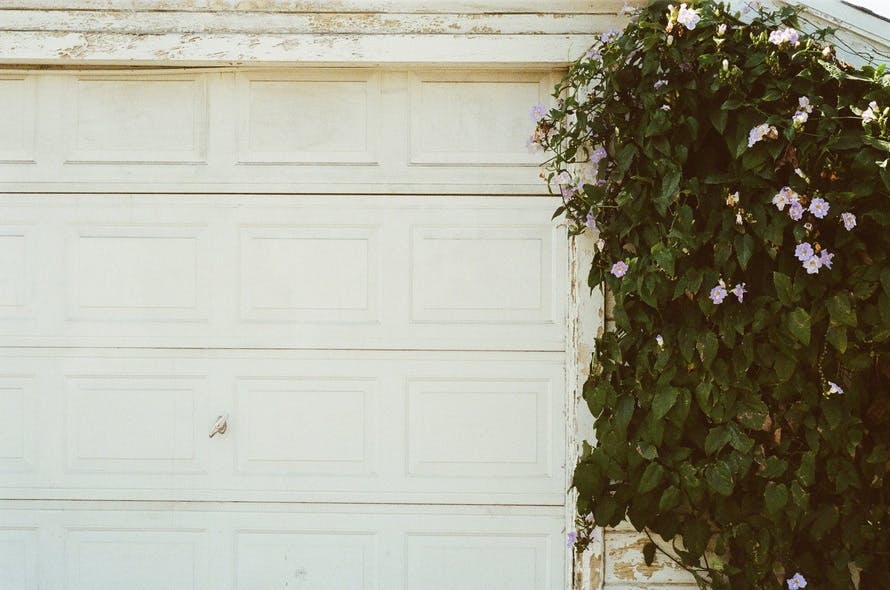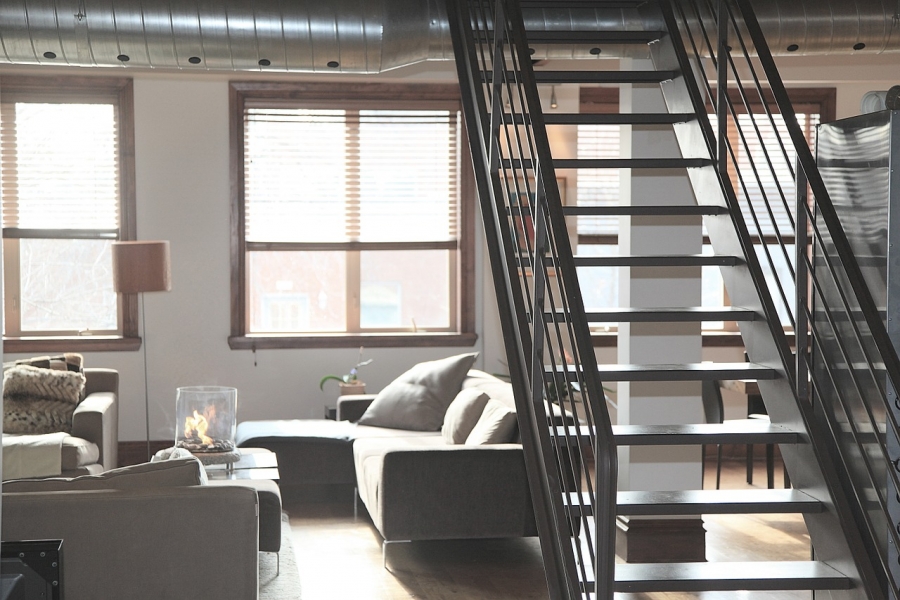Winter will be here before you know it, and in some areas of the country, heating costs are rising as temperatures are dropping. While the Farmer’s Almanac predicts a colder-than-normal winter for some parts of the country, no matter where you live, you will want to make sure your home is prepared for the coming months. Your house may already have sufficient insulation, but if there are doors, windows, or other areas that are allowing air to leak out, you could be paying to heat the outside of your home.
You might be surprised at some of the areas of your home that can allow air loss. Typically, air leaks can be sealed with caulking, expanding foam, weather-stripping, insulating gaskets, additional insulation or — in the case of floor spaces that leak air — with backer board. Sealing air leaks in your home is one of the least expensive home improvements you can do that will see the fastest return on your investment with decreased heating or cooling bills.
Recessed Lighting
Considered the number one cause of air loss in a home or business, recessed lighting cans typically vent into an attic, which can allow heat and air conditioning to escape. With a simple airtight baffle, the fix is quick and easy, the return on investment immediate.
While you are fixing any air leaks with recessed or canned lighting fixtures, consider swapping out your light bulbs for ones that will produce less heat when they are on to help keep your rooms cooler, so your thermostat will correctly interpret the ambient room temperature.

Heat Vents and Air Conditioning Registers
The culprits here are gaps in and around the duct work and duct boot that connects to vents and registers. Once you have found the air leak, you can fix it with foil duct tape, mastic or silicone caulk. Again, it’s a fast and inexpensive fix with an immediate cost benefit.
Exterior Doors
Weather-stripping is another improvement that will not be very expensive, but it can easily be done to seal off exterior doors. You will want to get weather stripping that will be thick enough to block any air loss, but not so thick that you cannot close the door securely. If the door does not latch properly because of the weather stripping, it could possibly open on its own. If that happens when you are asleep or away from home, it could result in a great deal of heat loss before it is closed again.

Attached Garages With Interior Doors
Garages do not usually have added insulation in the roof or ceiling, and they often have limited insulation in any exterior walls. As a result, they are often the coldest — or hottest — parts of your home. Each time you open the interior door to your garage, you are letting heat out or in. You can add insulation and drywall to the walls and roof if there is not a ceiling with a crawl space, but one door that most people overlook and is the largest source of heat loss is your garage door.
Prevent your thermostat from overcompensating for heat loss by adding insulation to your existing garage door or purchasing an insulated one. It is an investment you will appreciate, especially in areas of the country that have sub-zero winter temperatures or summer temperatures that exceed 100°.
Windows and Window Trim
To seal air leaks around windows, use window caulking both inside and outside the window. If there are cracks or spaces in the exterior window trim, an expanding foam can be used to seal them. You can shave off the excess foam and paint it to match the exterior trim or house paint. With interior window trim that is showing space between the wall and trim, you can use caulking or putty, such as wood putty, which can then be painted to match the room or trim paint.
In areas of the country that have extreme temperature lows during the winter, adding storm windows will create an insulation layer of air between the two windows that will help prevent heat loss through the glass. People in areas of extreme heat in the summer can add reflective window film, which will help to keep rooms cooler. In both cases, adding window treatments, such as exterior awnings, shutters, thermal drapes, curtains or blinds, will help keep rooms warmer in the winter and cooler in the summer.

